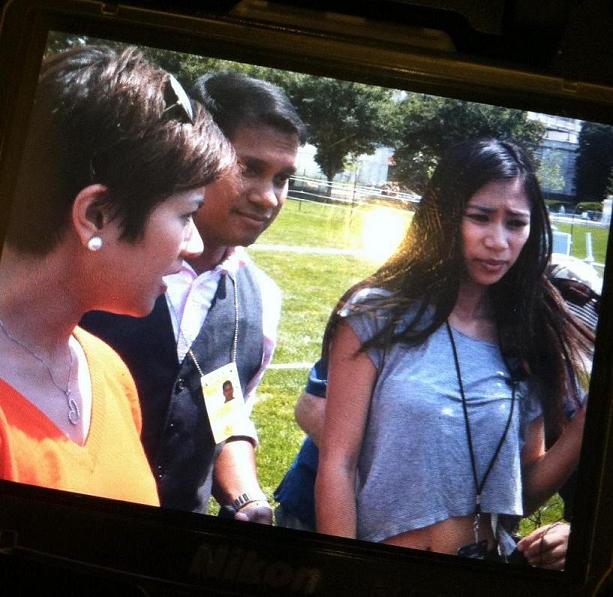The story of guerrilla fighter Felipa

Felipa is a young Filipino girl who comes of age during WWII. She and her older brother, Joe, live hardworking yet carefree lives with their parents on a small farm in Luzon.
On December 8, 1941, rumors of war explode into reality with the bombing of Clark Field, setting into motion events that will tear their family apart.
Their father, a former Philippine Scout, re-enlists, as their mother tearfully prepares for the arrival of the Japanese.
News spreads from nearby villages that the Japanese are plundering and burning houses, and they arrive in the night, taking Felipa’s mother away. Brother Joe disappears and is thought to be dead. Felipa is left to fend for herself as the Japanese forces beat and kill many of her fellow villagers, forcing some to become collaborators.
Her brother Joe returns, explaining that he has joined the guerrillas in the jungle. Joe recruits Felipa to act as an informant, sharing information and passing messages. These small acts require her to endanger her life at every turn.
On one journey deep into the jungle, she discovers her mother is still alive. Having escaped the Japanese, she has been working at a resistance newspaper produced in jungle hideouts and distributed by a network of children.


Felipa’s mother shares with her the grim realities of the occupation, including the horrors of the Bataan Death March and other atrocities. Armed with this knowledge, Felipa progresses from a reluctant recruit to an independent young freedom fighter.
In the final months of occupation, she leads a team of guerrillas, spying on the Japanese, sharing intelligence with the Americans, freeing prisoners and destroying Japanese equipment.
When the Americans finally stage their invasion, she acts as a scout for their troops and accepts the surrender of thousands of desperate Japanese soldiers, starving and sick, from their jungle retreats.
Eventually, she is recognized for her efforts and is granted American citizenship. Felipa moves to the United States, but her struggles do not end in America. Following the stories of her family and members of her crew, the difficulties faced by many Filipinos after the war are illustrated. These include frustrated efforts to obtain the recognition, benefits and American citizenship they had been promised. Despite this, Felipa makes a good life for herself as a nurse in this country, having learned much in her days in the field as a guerrilla. Her children, inspired by her story, fight alongside many others for veterans’ recognition through the decades.
‘Felipa’ is a graphic novel inspired by the story of Magdalena Leones and other Filipina freedom fighters like her who engaged in espionage during the war. It was published in the website Dutytocountry.org, the first phase of an online project that aims to tell the story of Filipino World War II veterans. Duty to Country was produced by the Filipino Veterans Recognition & Education Project. Chairman Maj. Gen. Antonio Taguba (Ret) said the online project seeks to raise awareness about FilVetREP’s mission to preserve the legacy of the 260,000 men and women who fought during World War II in the Philippines.


(C) The FilAm 2019











